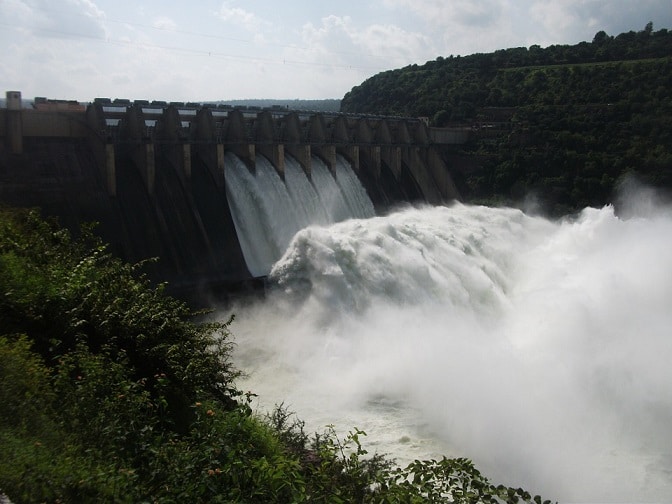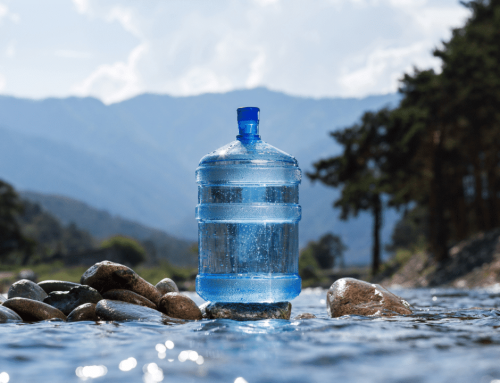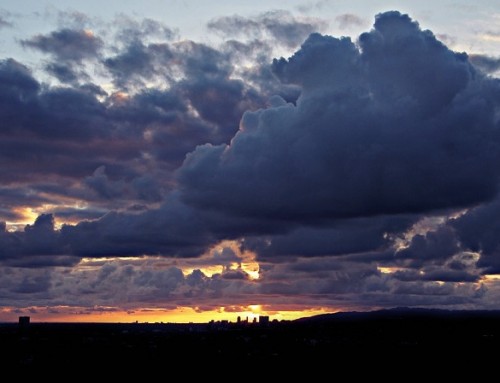Since July is the rainiest, month of the year, in the city of Cape Town, it is no doubt as to why the dam levels have risen to a substantial number of 56.9%, nearing almost 60%, with next to three weeks of winter left.
The 56.9% is an incredible percentage, which was measured on the 6th of August 2018. With more rain gracing the soil of the mother city on the 7th of August, the cities residents are praying that the dam levels have increased to 57%, which is quite close to 60%.
With average reports speculating the dam levels to rise till around 65% during the remaining weeks of winter, there is hope that Cape Town’s winter has restored the dam levels to such an extent, that the city will be able to make it through yet another summer before residents see the next winter.
Increased Dam Water Levels in Cape Town
Having a look at six of the Western Cape’s biggest dams, all have received a substantial increase within the last few months, more than it has received in the previous three years.
Considering the statistics, there is a lot of hope for the mother city for the years to come. However, nature is never a certainty, and while it has been good to the city’s residents, there is no assurance that it will remain. That is why Cape Town’s residents, as well as those situated throughout the entire Western Cape, must continue working hard, to be able to sustain the water that is currently available in the dams.
Dam Level Statistics for August 2018
The following dam level increases are due to adequate levels of precipitation, as well as the efforts to save water, implemented by the residents from the Western Cape.
- Berg River – 86.8%
- Steenbras Lower Dam – 57.2%
- Steenbras Upper Dam – 92.9%
- Theewaterskloof – 42.4%
- Voevlei Dam – 59.4%
- Wemmershoek Dam – 83.0%
Get home water coolers and office water coolers from Living-Water in London.






